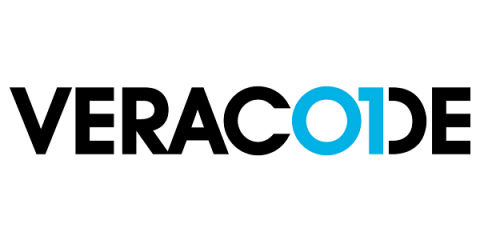CI/CD With Veracode Docker Images
On November 19, Veracode published new, official Docker images for use in continuous integration pipelines. The images, which provide access to Pipeline Scan, Policy (or Sandbox) scans, and the ability to access Veracode APIs via the Java API Wrapper or via HTTPie with the Veracode API Signing tool, make it easy to include the current version of Veracode tools in your automation workflow.




